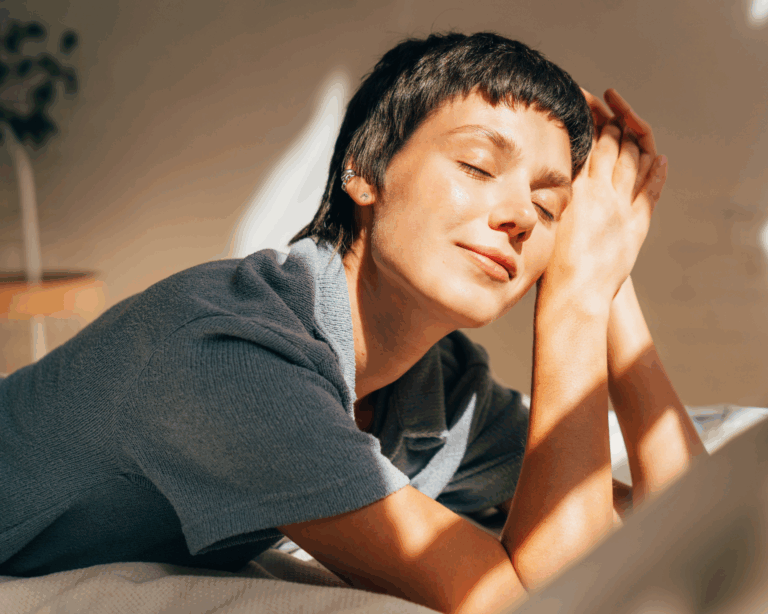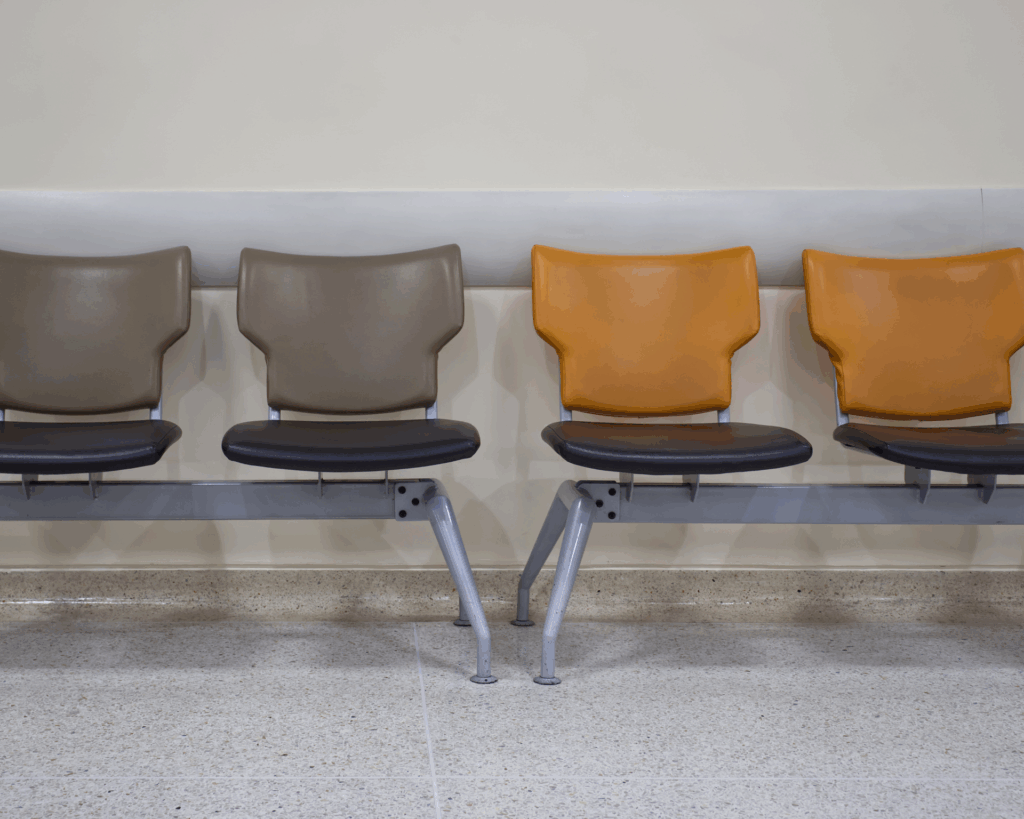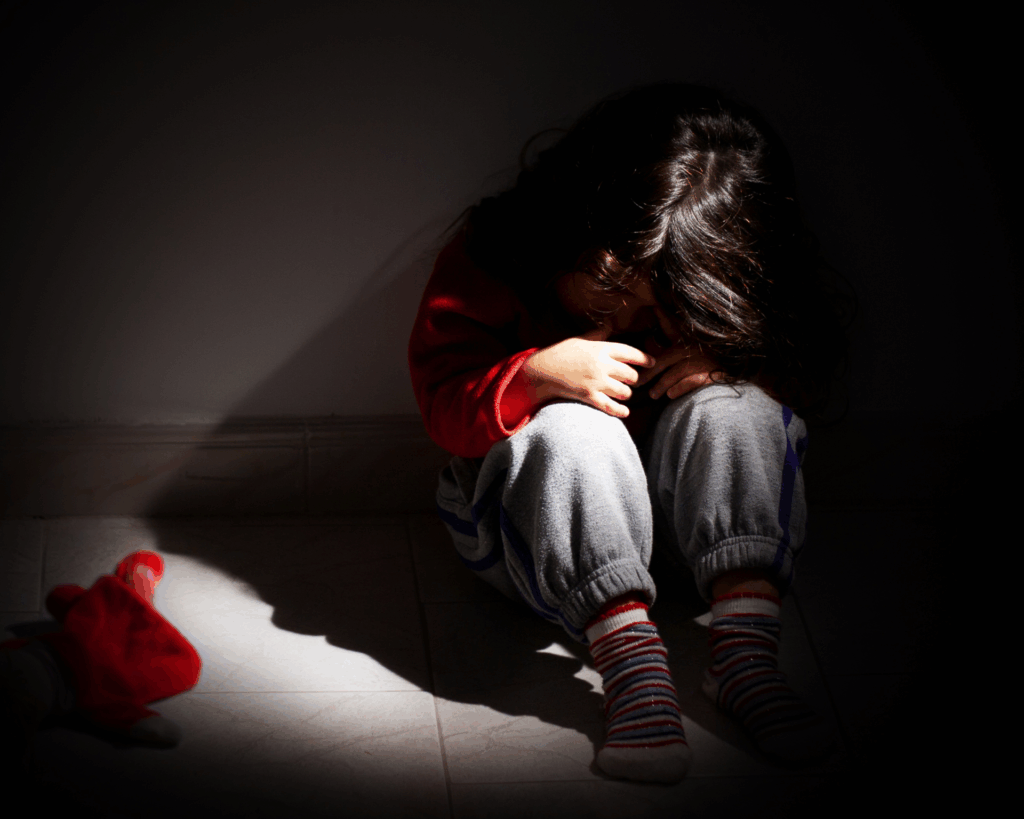Sleep as Medicine: Getting Back to What Restores Us
Sleep supports and restores every system in our bodies, but our culture often treats rest as an afterthought.

Read Time: 5 minutes
Published:
Of all the health habits I try to maintain as an adult, sleep is the one I struggle with most. I’ve built routines around food, movement, sunscreen, and checkups. But consistent, quality sleep? Still a work in progress.
I know the science. I’ve read the studies. Yet I still find myself scrolling at night. It’s not just about willpower. It’s about design. Our digital world is engineered to keep us alert and engaged. The average adult taps or clicks their phone more than 2,600 times a day. That glowing screen in our hands is one of the biggest barriers to rest.
It wasn’t until a fall camping trip, with no emails or notifications, that I naturally woke with the dawn, rested in a way I hadn’t felt in years. It reminded me how far present-day life has drifted from our instinctive rhythms.
We’re wired to follow the sun, but modern life wires us to follow the screen. Artificial light, erratic schedules, and overstimulation push our rhythms out of sync. More than a third of U.S. adults don’t get enough sleep, and nearly half report poor sleep quality. Sleep supports every system in our bodies, restores memory, sharpens thinking, stabilizes mood, and yet our culture often treats rest as optional or an afterthought.
The Disruption of Rest
Our circadian rhythm, anchored to the earth’s light-dark cycle, governs sleep-wake patterns, hormone release, body temperature, and more. When disrupted by screens, shift work, or limited daylight, our mood, metabolism, and health suffer.
A common modern phenomenon, revenge bedtime procrastination, exacerbates this struggle: staying up late to reclaim personal time, even at the cost of sleep. The scroll feels like a break, but blue light from screens can suppress melatonin, the hormone that signals to our body that it’s time to sleep.
Over time, chronic sleep loss raises the risk of serious health conditions, including heart disease, stroke, diabetes, dementia, hypertension, and depression. It also impairs cognitive performance, leading to memory problems and other mood disorders.
Improving sleep calls for upstream solutions like flexible work policies, safer housing, better neighborhood conditions, and school schedule reforms.
The Architecture of Rest
How well and long we sleep is also shaped by the social and environmental conditions that structure our daily lives. Irregular work hours, long commutes, shared or noisy housing, caregiving for young children or aging parents, and lack of climate control all interfere with rest. Shift workers, such as those in manufacturing and health care, are particularly vulnerable, with half of night shift health care workers reporting getting less than 6 hours of sleep per night. Building conditions and neighborhood safety also matter: research in low-income Bronx communities found that greater neighborhood disorder was linked with poorer sleep quality.
The same mismatch between biology and social and environmental conditions affects adolescents. Adolescents are biologically wired to fall asleep and wake later, yet early school start times force them to rise before their bodies are ready. As their circadian rhythm shifts during puberty (delaying the natural sleep window by about two hours), screen time and homework can push bedtime even later.
These patterns make clear that improving sleep calls for upstream solutions like flexible work policies, safer housing, better neighborhood conditions, and school schedule reforms.
What Works
Sleep habits like regular bedtimes, limiting screens before bed, and avoiding caffeine late in the day matter. But personal changes are most effective when reinforced by supportive policies and environments. Delaying school start times, for example, can yield multiple benefits. In Rhode Island, one high school reported an average 45-minute gain in student sleep after starting the school day just 30 minutes later. In another study, delaying school start times by an hour improved middle schoolers’ attention and performance.
For adults, workplace initiatives, such as sleep hygiene education, fatigue management training, environmental adjustments, and scheduled naps, have been shown to improve sleep duration, quality, and alertness, while also reducing absenteeism and enhancing overall quality of life.
At the policy level, structural changes can improve sleep at scale. Enforcing noise ordinances, improving housing insulation and safety, and expanding tree canopy can all reduce nighttime disruptions and heat, creating healthier environments for rest. Cities like Singapore and Melbourne have invested in urban greening projects to lower temperatures as well as promote quieter, more livable neighborhoods—benefits that extend to sleep quality.
Cultural norms also shape how and where we sleep. In many Western countries, solitary sleep in dark, quiet rooms is idealized, while elsewhere in the world, co-sleeping or segmented sleep patterns are common. In Japan, inemuri (brief naps taken in public) signals diligence rather than laziness. In Mediterranean cultures, midday rest is woven into daily routine. Drawing from these traditions could help us reimagine norms and design environments that make rest more achievable.
Far from retreat, sleep is a return. To rhythm. To restoration. To ourselves.
Back to What Restores Us
Improving sleep starts with consistent intention. In a culture that glorifies hustle, choosing rest is radical and helps us be our best selves. Like nutrition and movement, sleep is shaped by where we live, learn, work, and play. Supportive environments and smart policies can make the difference between chronic deprivation and true restoration.
While we work toward those broader changes, small personal shifts can still help. Think of these as daily anchors that reconnect your body’s rhythms to natural cues.
- Sky before screen. Let morning light, not your phone, be the first thing you see.
- Step into the morning. Fresh air or a few minutes outside can anchor your circadian clock.
- Savor the wind-down. Create an evening ritual: Dim the lights, power down screens, and release tension.
After camping outdoors, I remembered what real rest felt like—powerful, not passive. Far from retreat, sleep is a return. To rhythm. To restoration. To ourselves.
Next up in this series: Nature as Medicine




